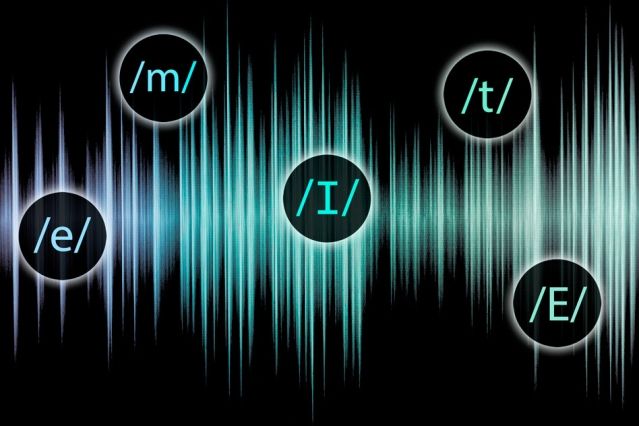Every language has its own collection of phonemes, or the basic phonetic units from which spoken words are composed. Depending on how you count, English has somewhere between 35 and 45. Knowing a language’s phonemes can make it much easier for automated systems to learn to interpret speech.
In the 2015 volume of Transactions of the Association for Computational Linguistics, MIT researchers describe a new machine-learning system that, like several systems before it, can learn to distinguish spoken words. But unlike its predecessors, it can also learn to distinguish lower-level phonetic units, such as syllables and phonemes.
As such, it could aid in the development of speech-processing systems for languages that are not widely spoken and don’t have the benefit of decades of linguistic research on their phonetic systems. It could also help make speech-processing systems more portable, since information about lower-level phonetic units could help iron out distinctions between different speakers’ pronunciations.
